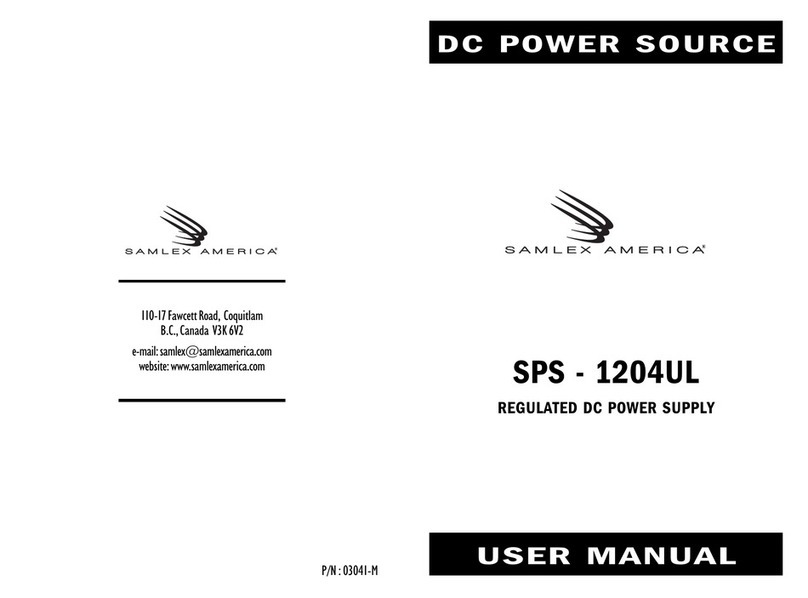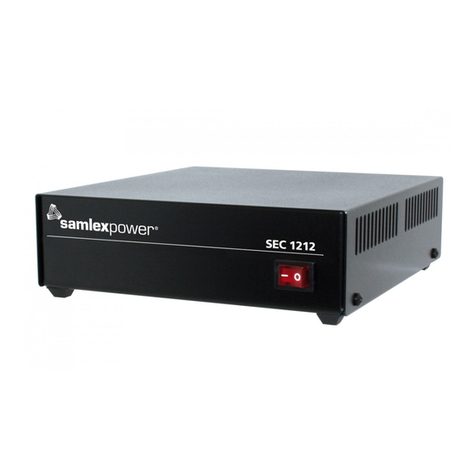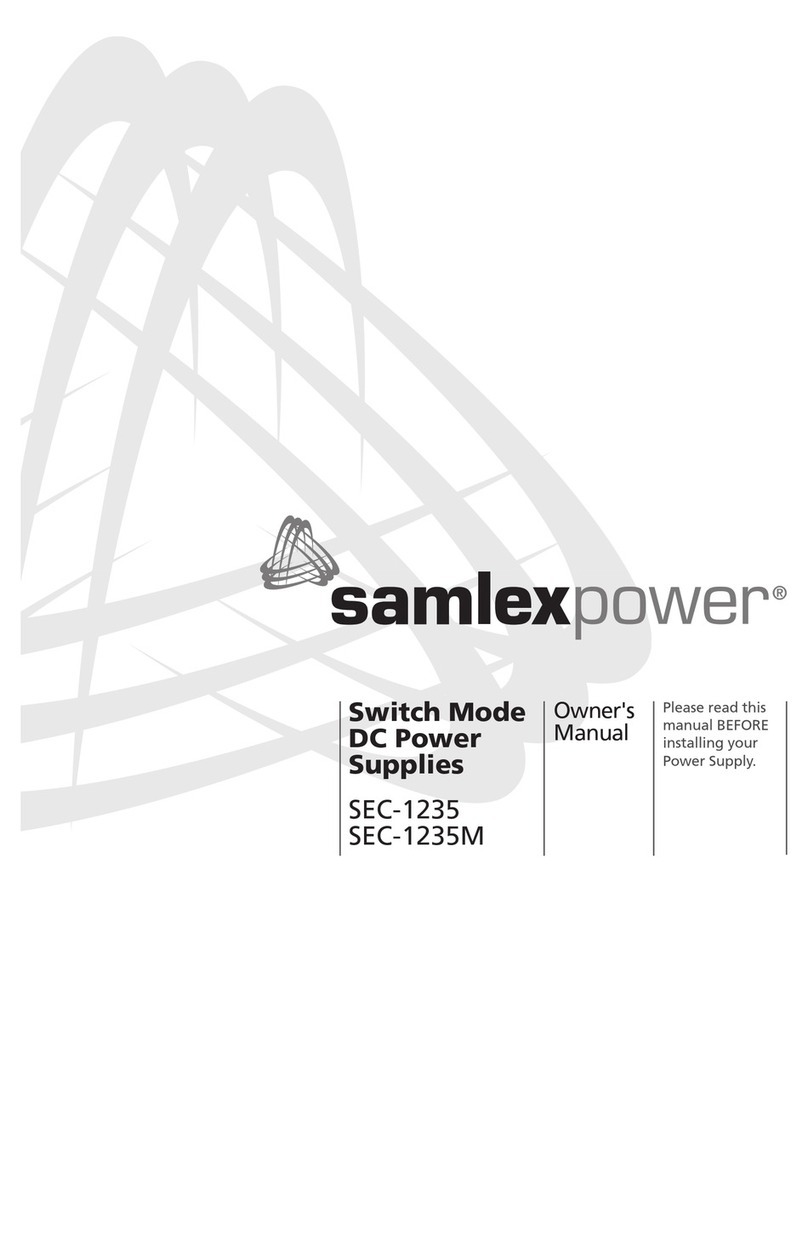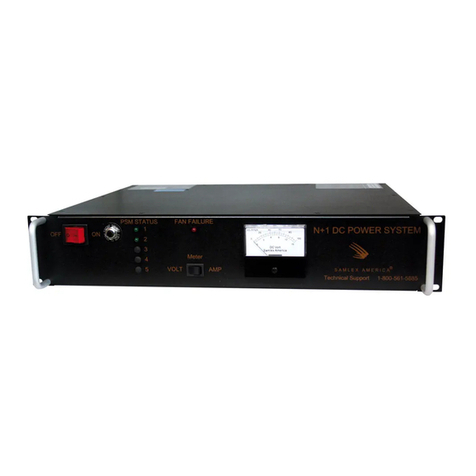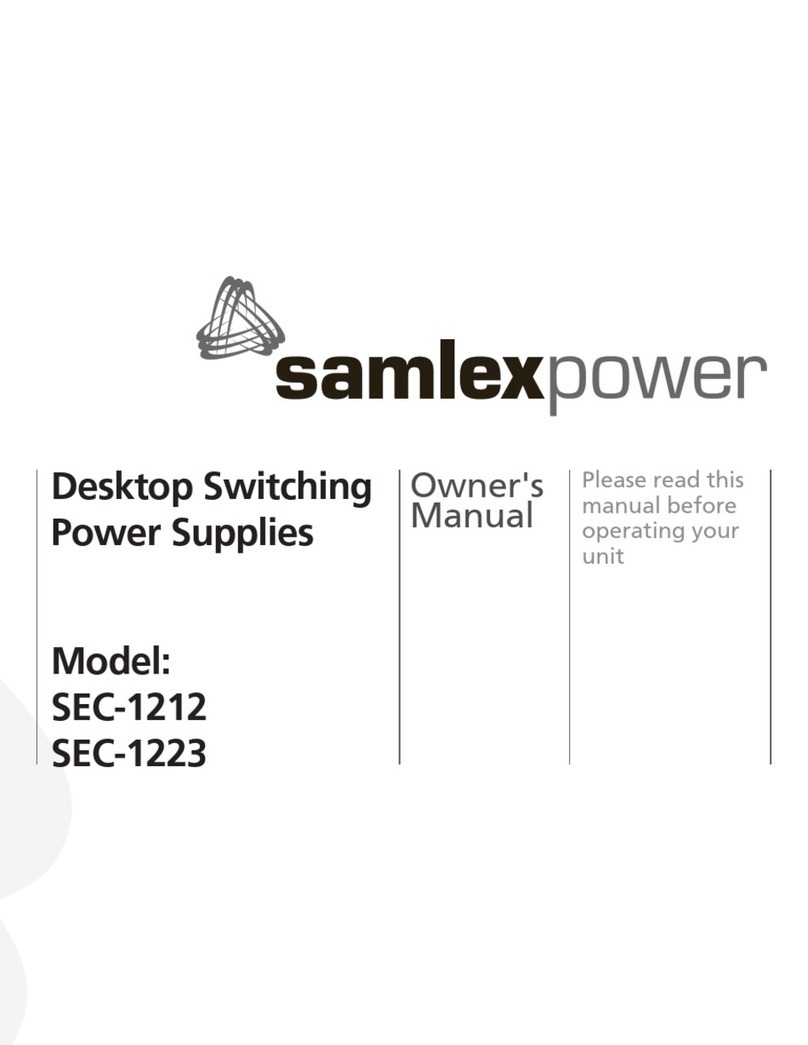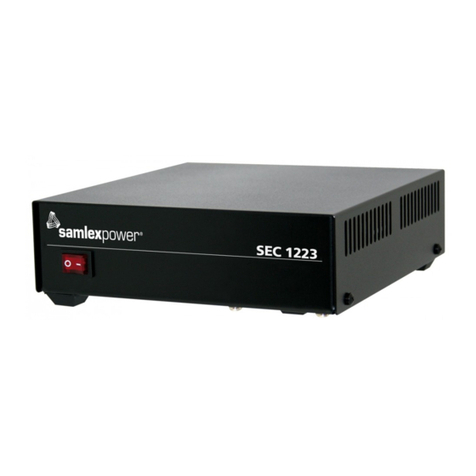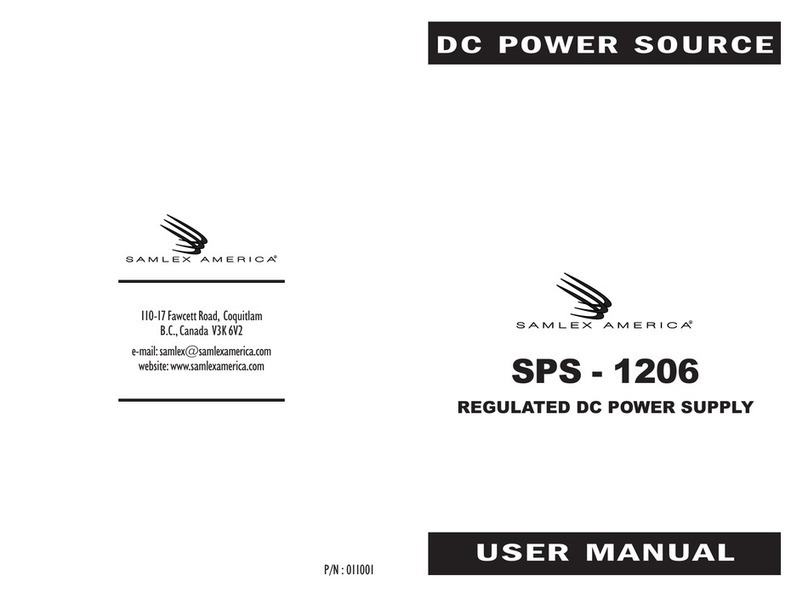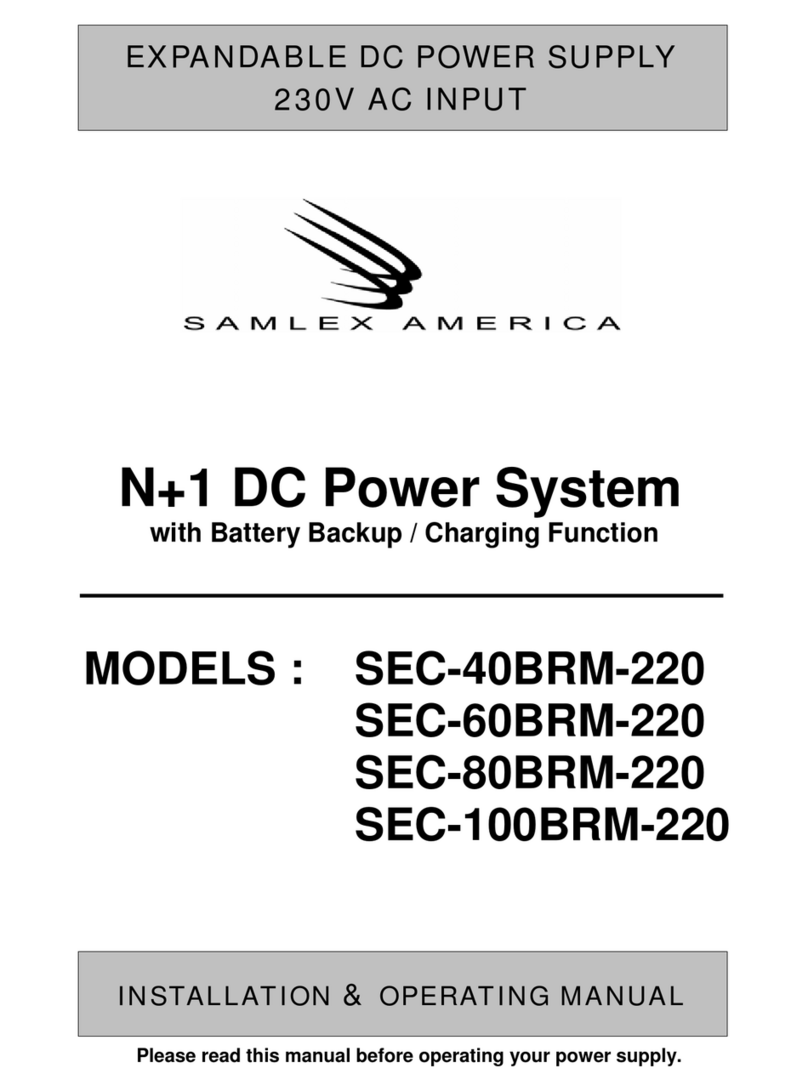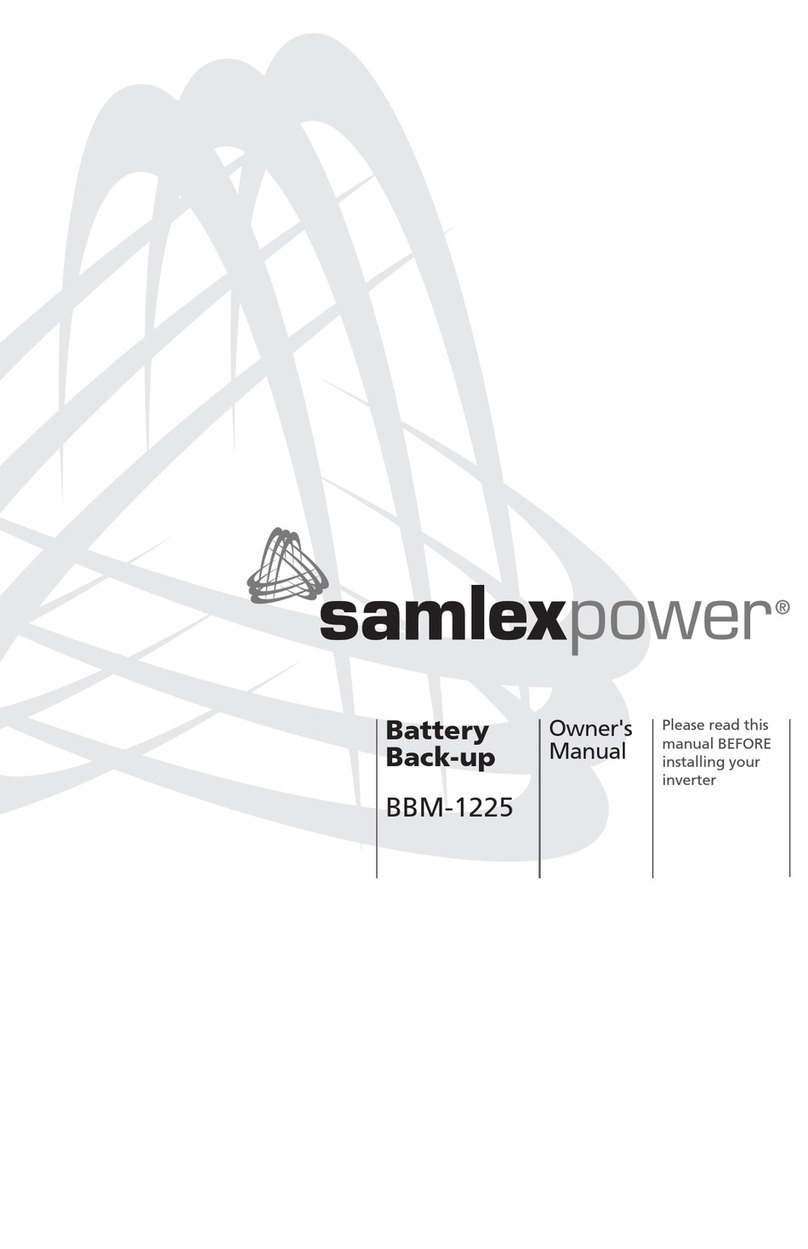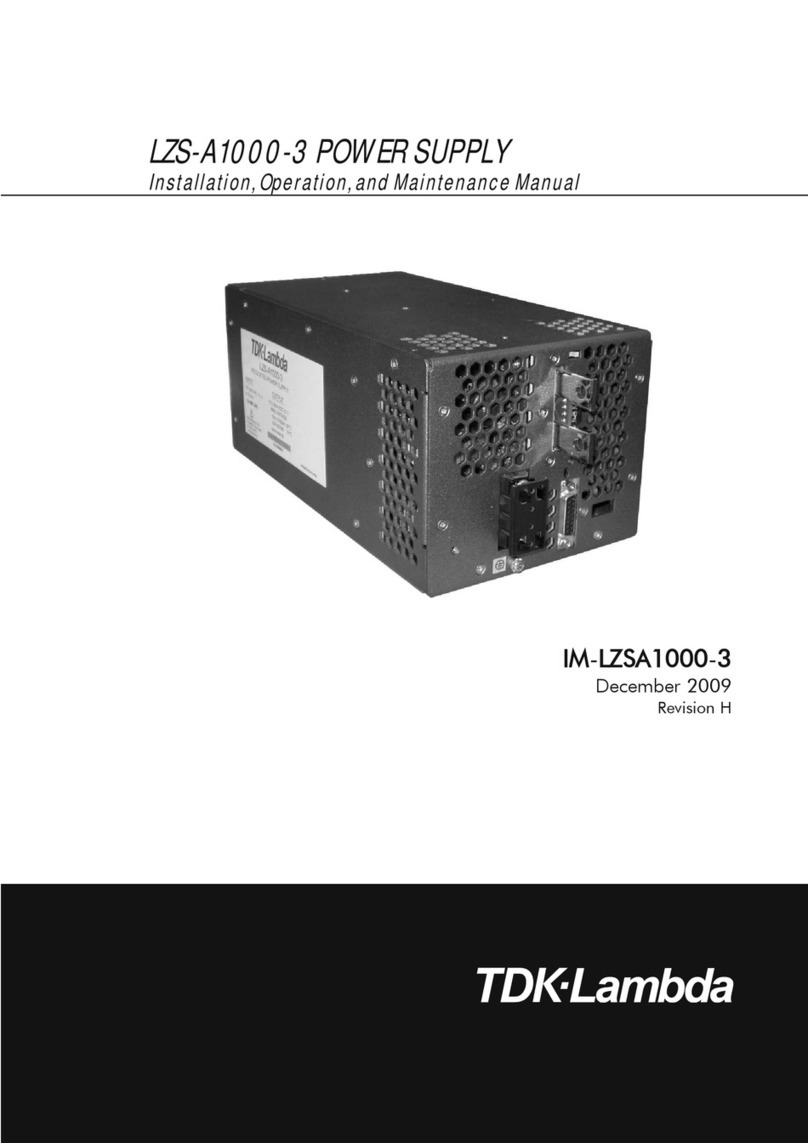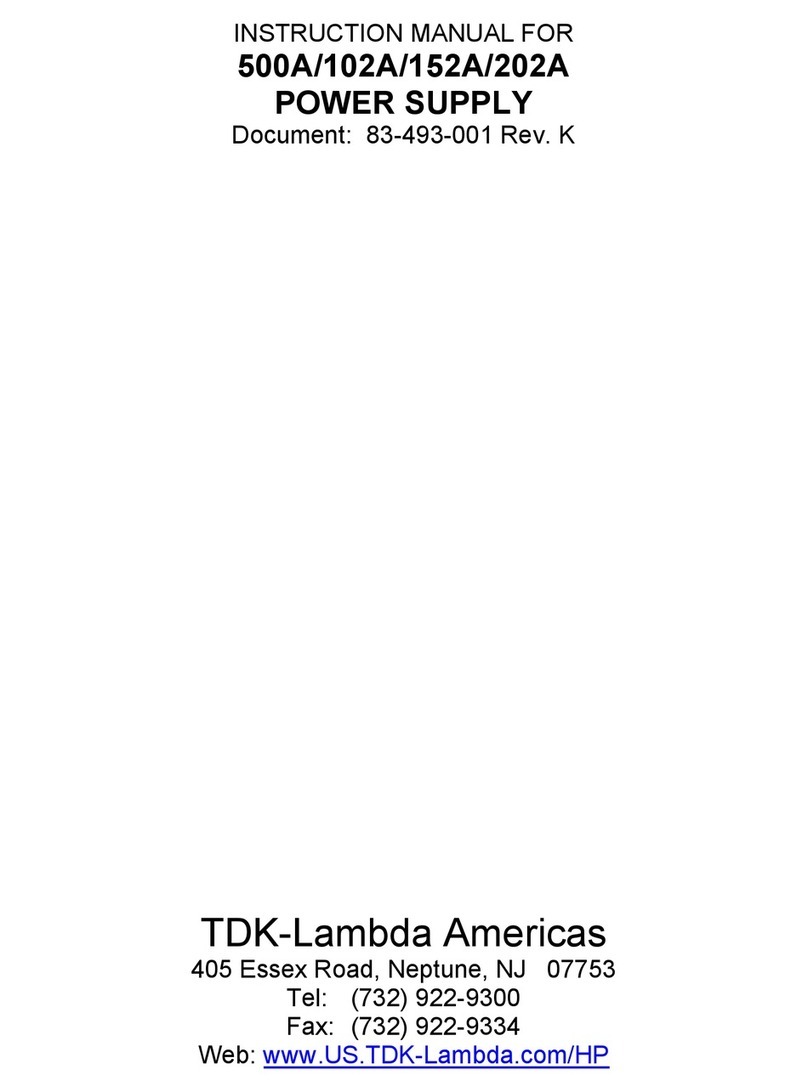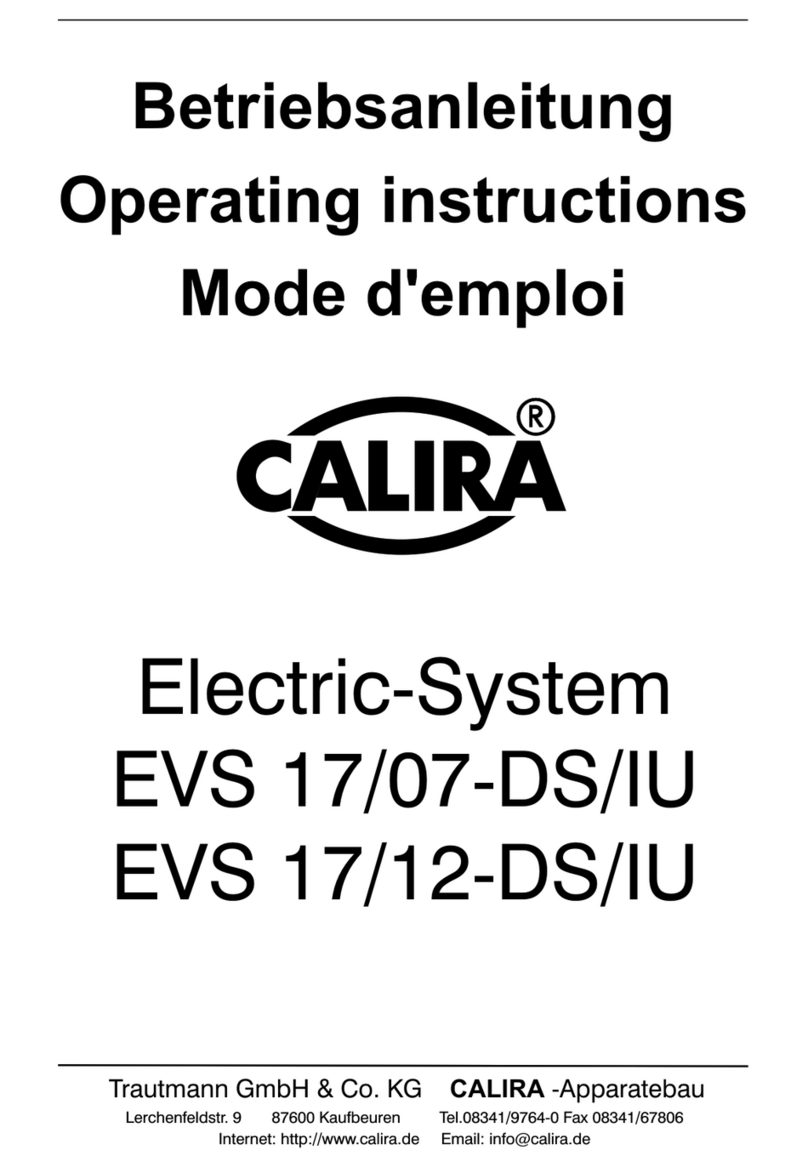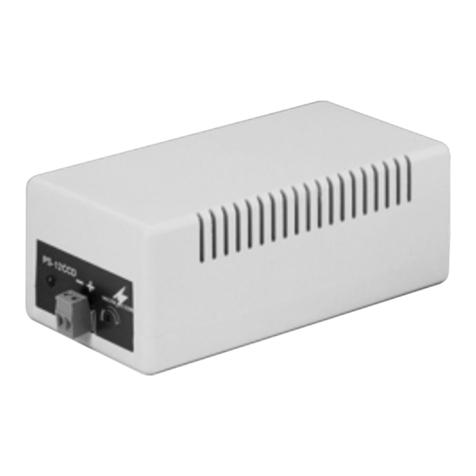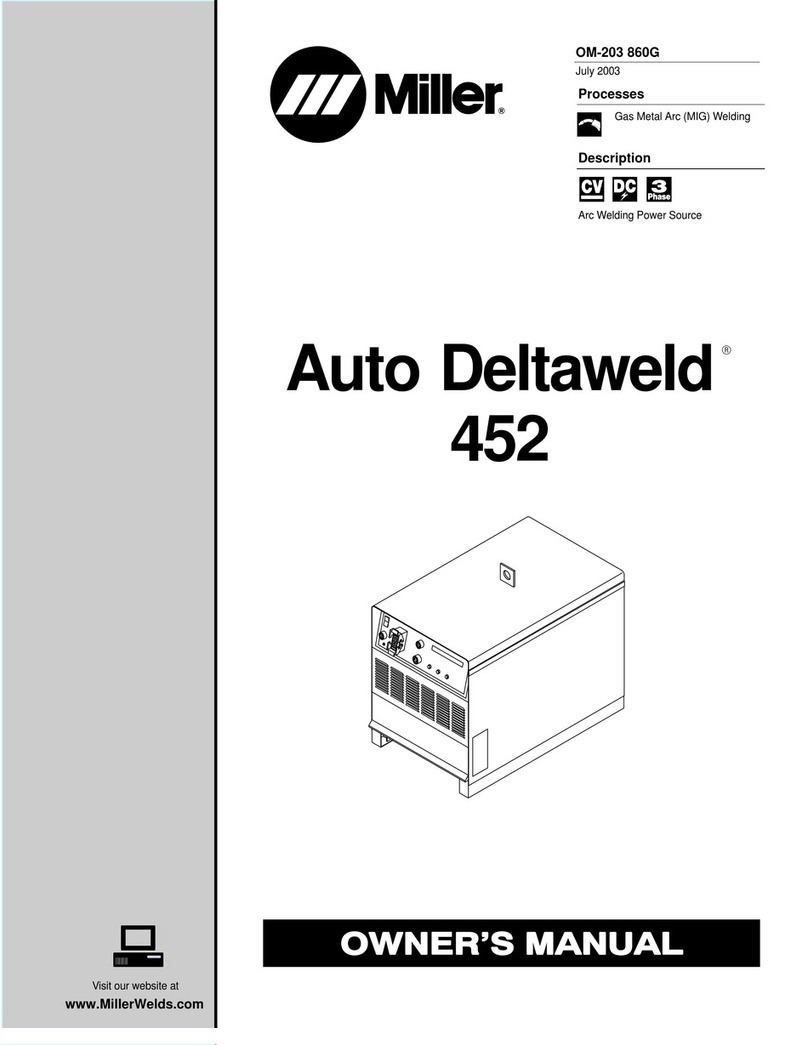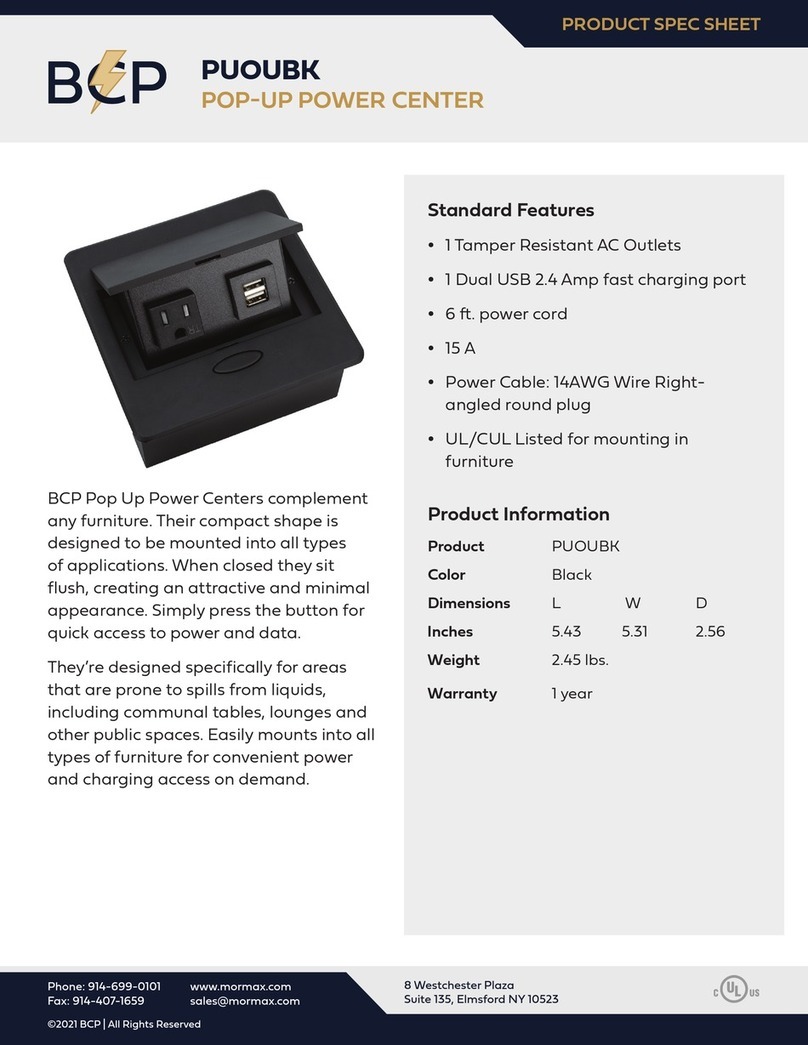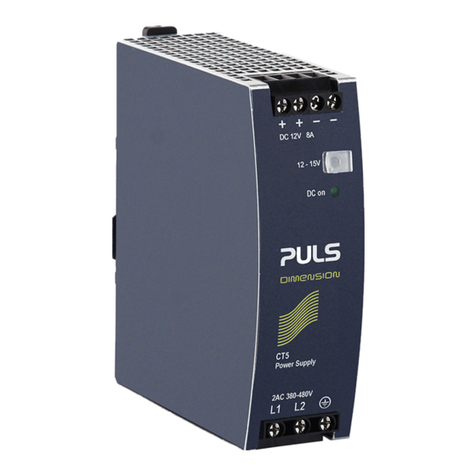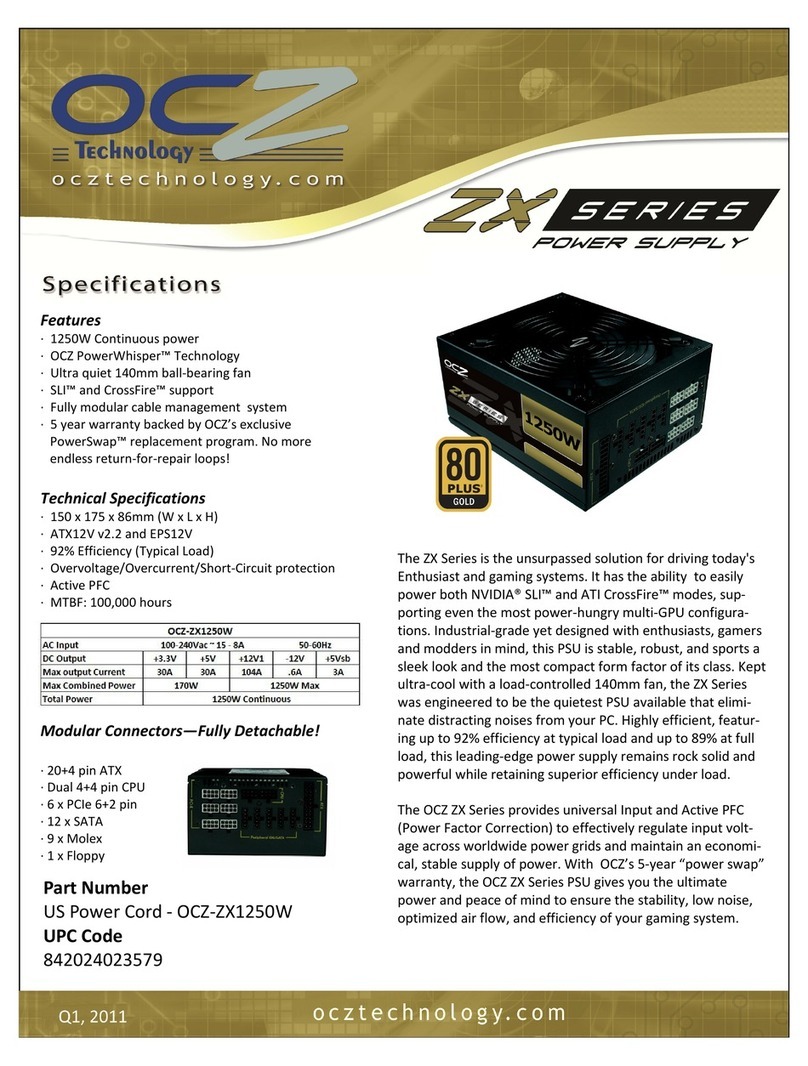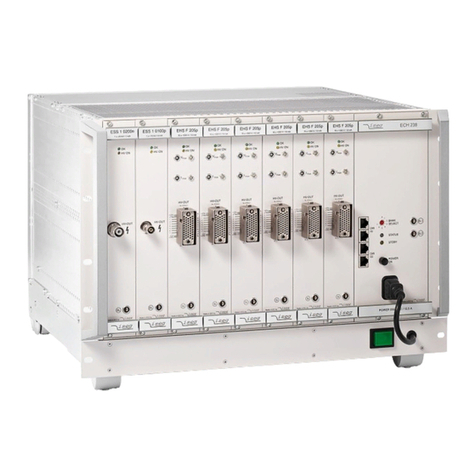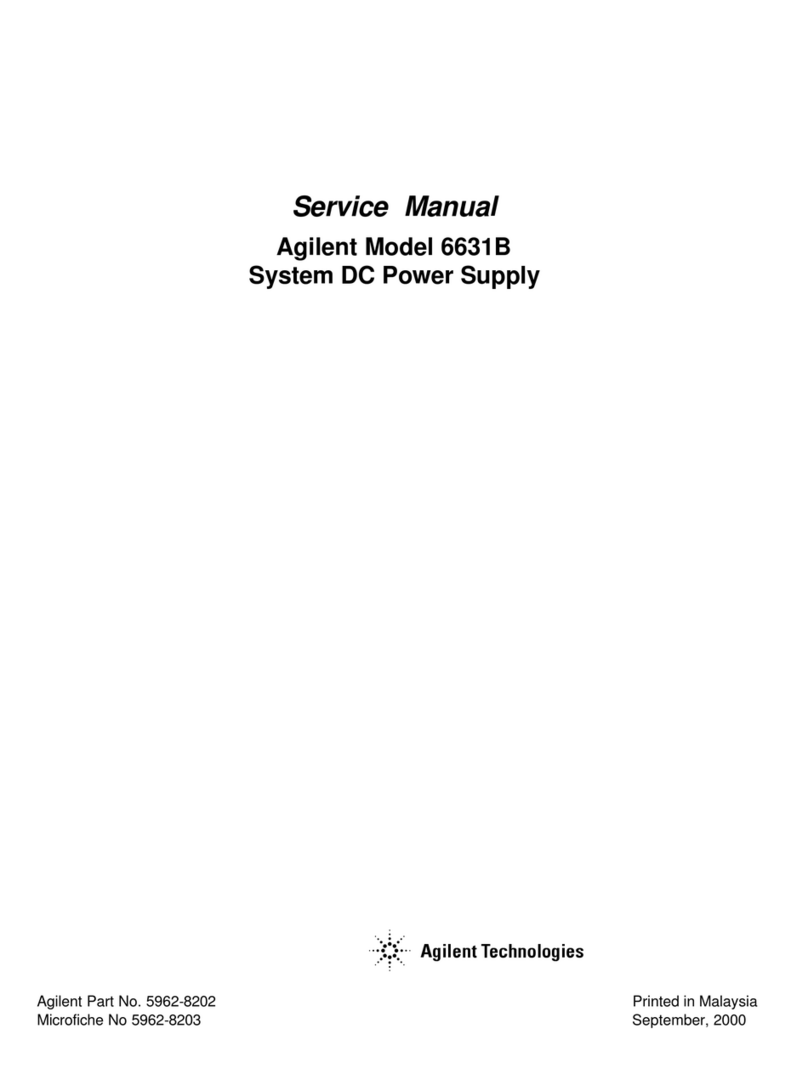
DESCRIPTION
This is a 19 inch Rack Mount Power Supply which converts 120 V , 60 Hz. AC power
into regulated 28 V DC , +/- 1% (At module output*) delivering up to a maximum of
50 A continuous ( up to 57.5 A surge ) with 5 Base Level PCB Modules. There is
provision to connect the power supply to an external battery for backup power in the
case of an AC power failure and re-charge the battery when AC power resumes.
*
Voltage at output terminals Load+ & Load-will be 27.6V nominal (Please see page 7 for explanation.)
APPLICATIONS
The unit is designed for the following applications:
1. N+1 redundant systems
2. Future power level expansion
3. Uninterrupted DC output when used in conjunction with an external battery backup.
DESIGN AND PRINCIPLE OF OPERATION
The unit is designed using advanced switch mode technology and load share cir-
cuitry for high reliability, high efficiency and minimum size and weight. It is modular in
construction consisting of up to 5 Base Level PCB Modules ( referred to as PSM
“POWER SUPPLY MODULES” ) that are connected for parallel operation with true
current sharing . Each module is a stand alone power supply which delivers up to a
maximum of 10 A continuous ( 11.5A surge) . By equalizing the output currents,
uniform thermal stress of the individual modules is also ensured which has utmost
importance for long term reliability of electronic components. The operating principle
of the load share mechanism is to measure the output current of each individual
module and to be able to modify the output voltage of the units until all the participat-
ing modules deliver equal output currents. Each module is required to be inter-
connected with each other to a common “SHARE BUS” through a pair of parallel
pins marked “JUMP1” and jumper wires (Fig. 1 & 2). Typically, the output currents
for the paralleled units will be within 10% of each other at full output current. The
output is delivered through schottky isolating diodes to enable connection of external
battery for uninterrupted back-up power.
•
SEC-2450BRM has 5 modules of 10A each = 50 Amps
•
SEC-2440BRM has 4 modules of 10A each = 40 Amps
•
SEC-2430BRM has 3 modules of 10A each = 30 Amps
COOLING AND WARNING FOR FAN FAILURE
The heat generated due to internal power dissipation is removed by forced cooling
through two high power D.C. fans mounted at the back of the unit which suck air from
the vents on the sides of the unit & blow outwards from the rear of the unit.
IT IS EXTREMELY IMPORTANT THAT THE DISCHARGE SIDE OF THE FANS
AND THE SUCTION SIDES OF THE VENT HOLES ARE NOT BLOCKED.
3.
